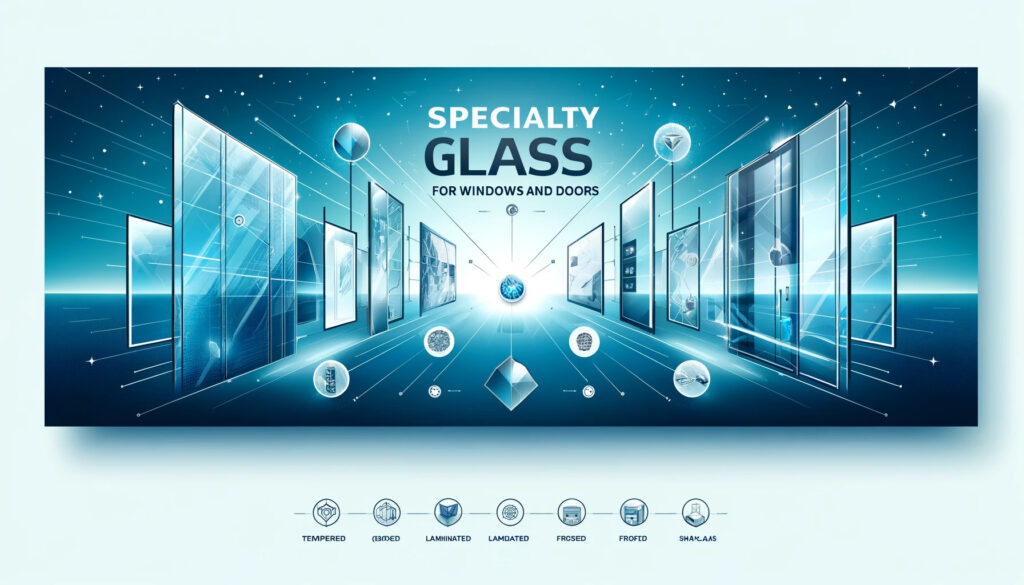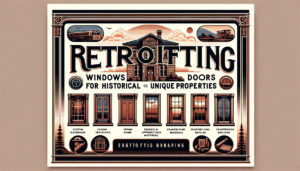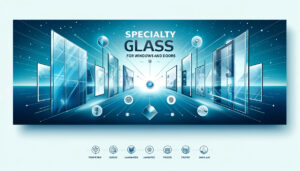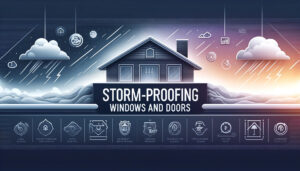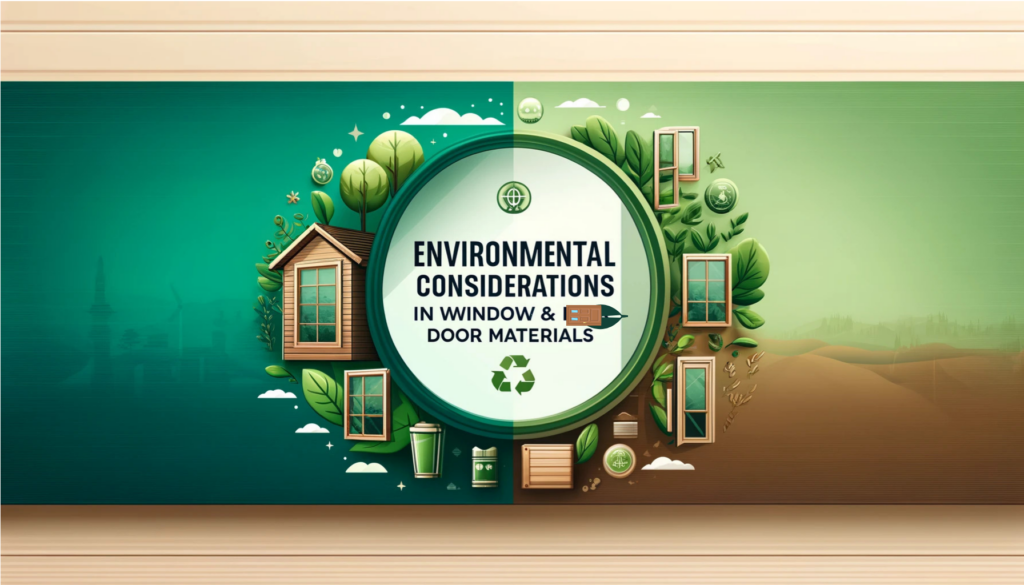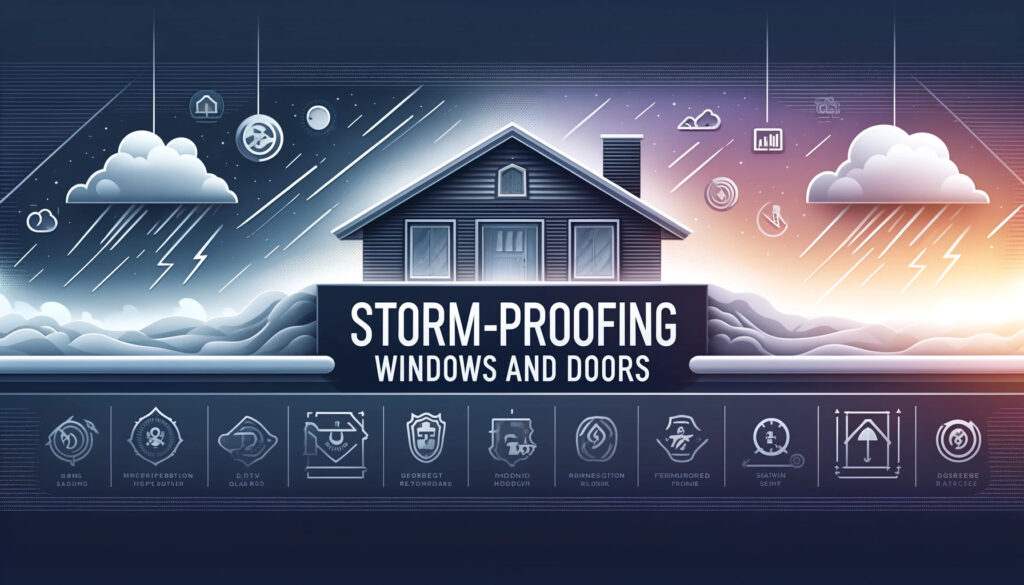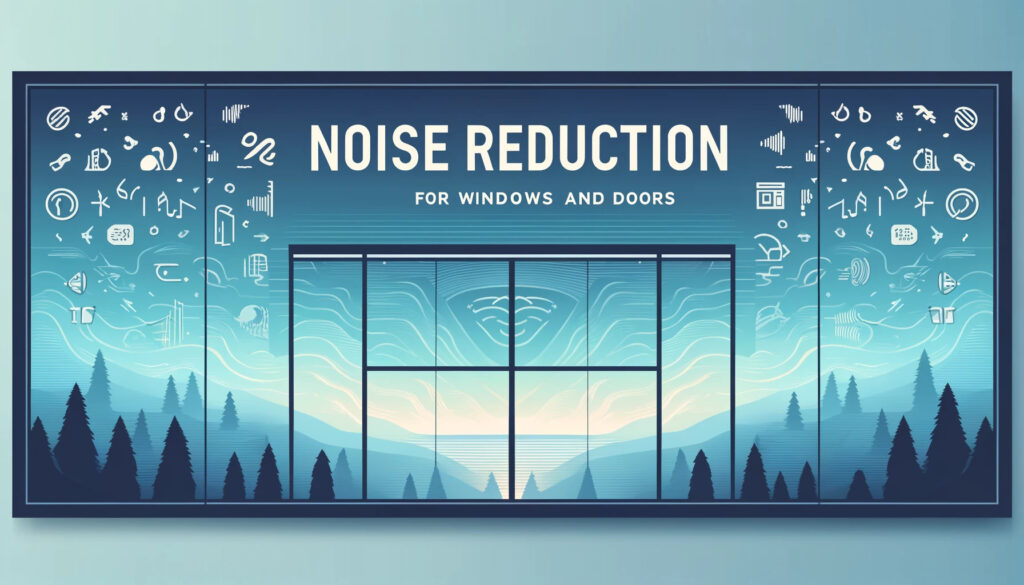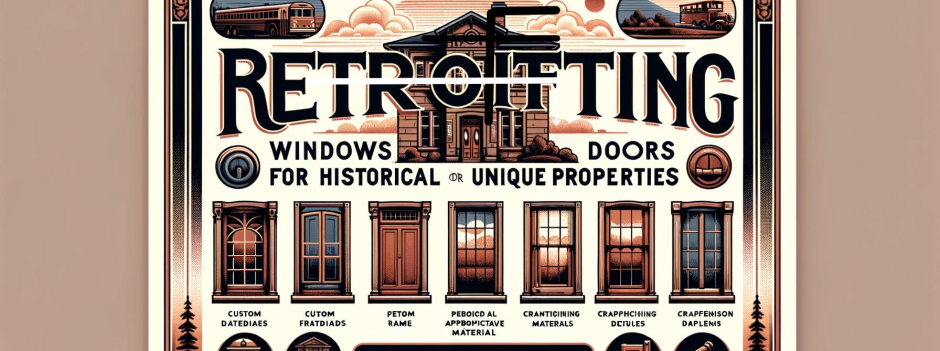
Retrofitting Windows and Doors in Historical or Unique Properties: Balancing Heritage with Modernity
When it comes to preserving the historical integrity of a building while enhancing its functionality and energy efficiency, retrofitting windows and doors stands out as a pivotal task. For owners of historic or architecturally unique properties, this process is not merely a renovation but a restoration of life to structures that stand as testaments to architectural heritage and craftsmanship.
Understanding the Importance of Retrofitting
Historic buildings carry the charm and legacy of the past, but they often come with the challenge of outdated structural elements that do not meet today’s energy standards or comfort expectations. Windows and doors in such buildings are particularly crucial because they play a significant role in the building’s aesthetic appeal and its thermal performance. Retrofitting these elements allows property owners to preserve the visual historical accuracy while significantly improving energy efficiency, thereby reducing heating and cooling costs.
Challenges in Retrofitting Historic Windows and Doors
One of the primary challenges in retrofitting historic windows and doors is the need to preserve the original design and materials as much as possible. This can be difficult because older materials like single-pane glass and non-insulated wood are less efficient compared to modern materials. Moreover, any replacement of glass or modification must often be approved by heritage conservation authorities, which can impose restrictions on the extent of the changes allowed.
Tailored Solutions for Every Unique Property
The key to successful retrofitting is a deep understanding of both historical craftsmanship and modern engineering. Specialists in this field often use a variety of techniques to improve the performance of windows and doors without compromising their historical integrity. For instance, secondary glazing can be added to existing windows to improve thermal and acoustic insulation without altering the exterior appearance. Similarly, door insulation can be enhanced using discreet, modern materials that fit seamlessly into the existing design.
Techniques and Materials
Advancements in technology have introduced materials that are sympathetic to historical aesthetics but offer modern benefits. For instance, ultra-thin glass and high-tech seals can replace old glass panes and sealing methods, respectively. Each project might also involve custom carpentry, using wood that matches the historical period but incorporates hidden, modern insulation.
Collaborating with Conservation Authorities
A successful retrofitting project often requires collaboration with local conservation authorities to ensure that all modifications are in line with historical preservation guidelines. This collaboration can include detailed planning and reporting, along with obtaining the necessary permits before any work begins.
Conclusion
Retrofitting windows and doors in historical or unique properties is more than a construction project; it’s a preservation effort that requires a fine balance between maintaining historical integrity and embracing modern efficiency. With the right expertise and approach, these essential upgrades can extend the life of the property, reduce energy costs, and preserve the historical essence that makes these buildings so valuable to our cultural heritage. Property owners embarking on this journey should seek out experienced professionals who specialize in historical retrofits to ensure that their property’s legacy is respectfully and expertly preserved.

